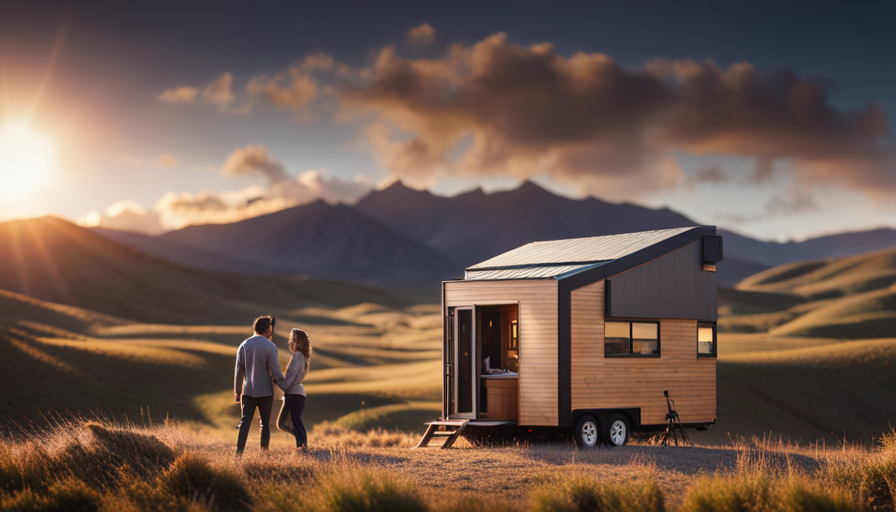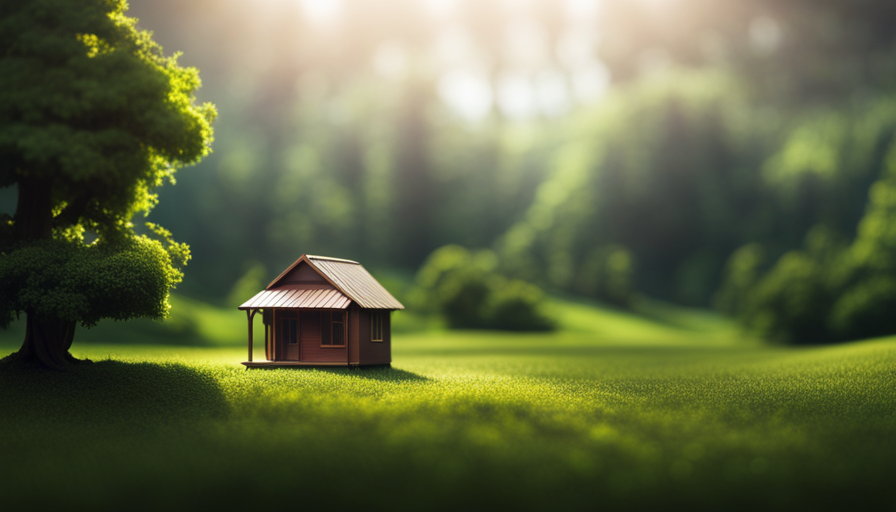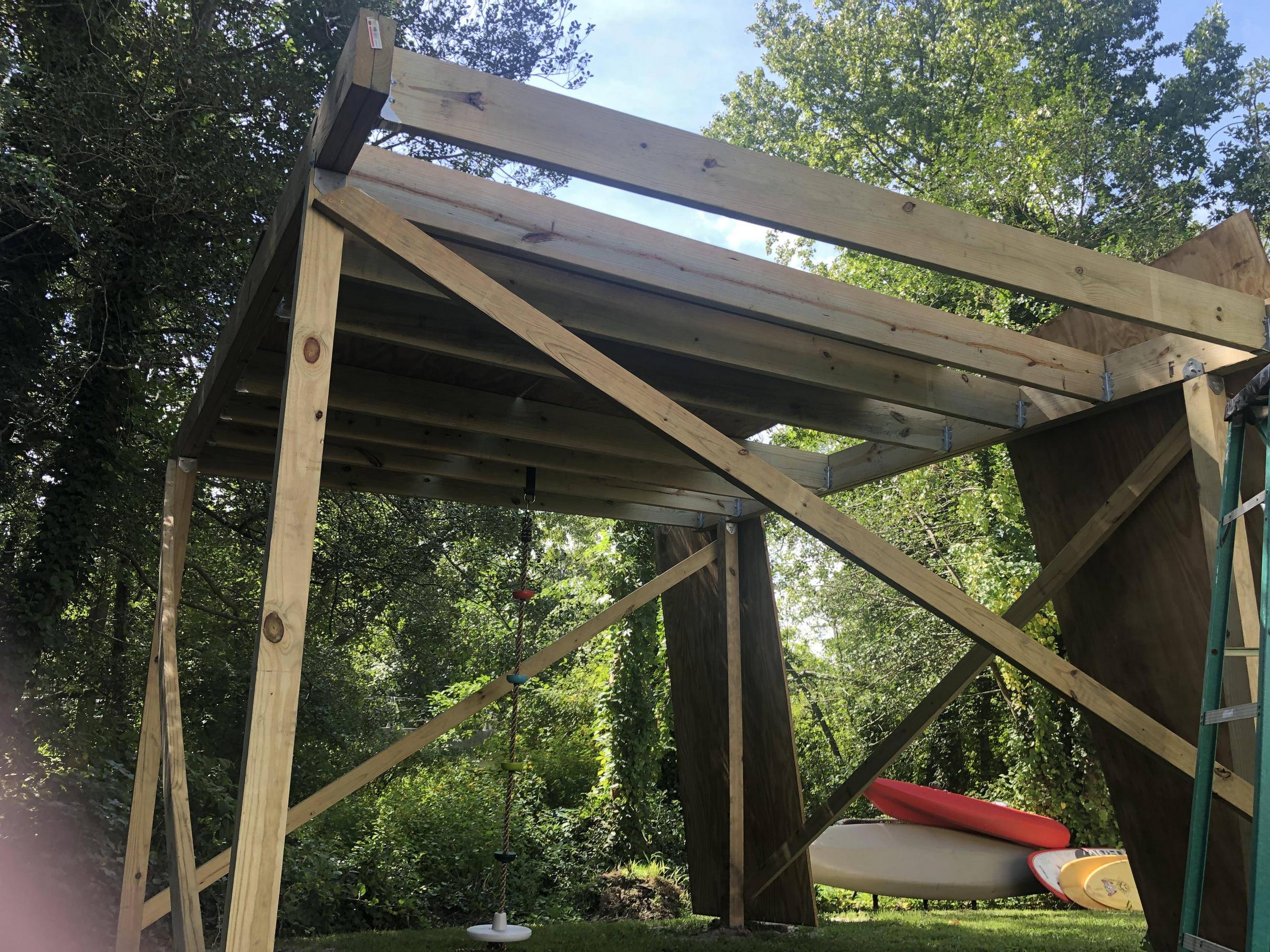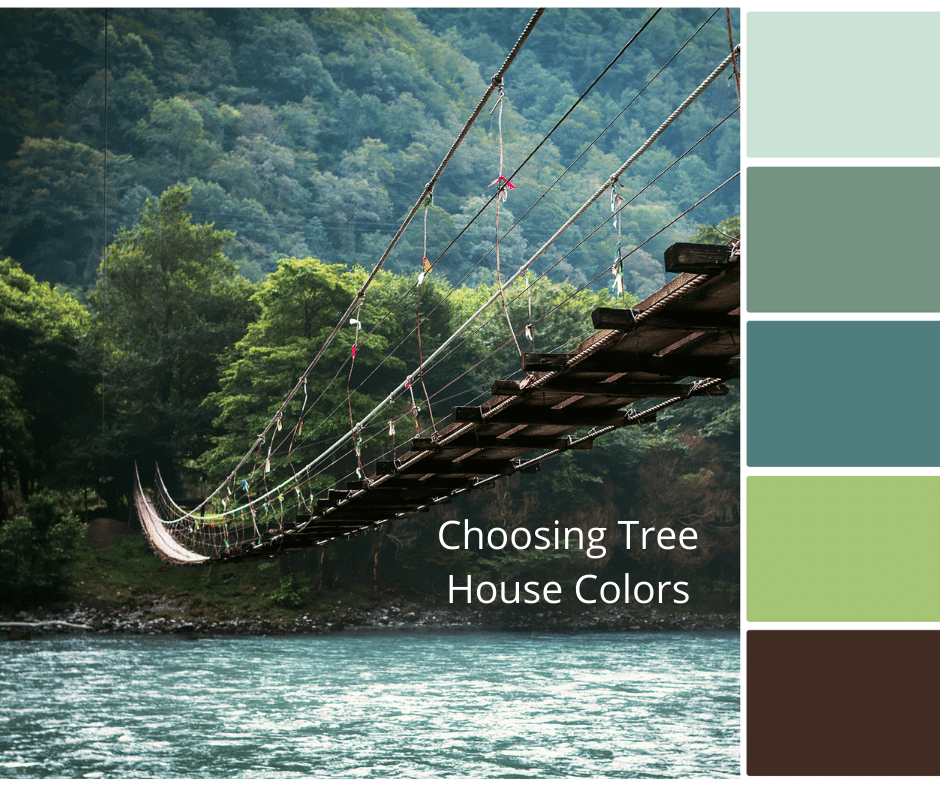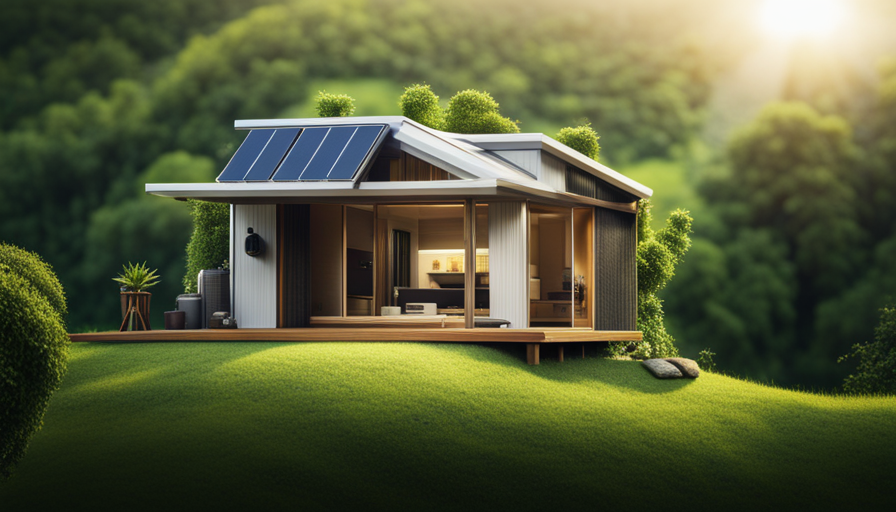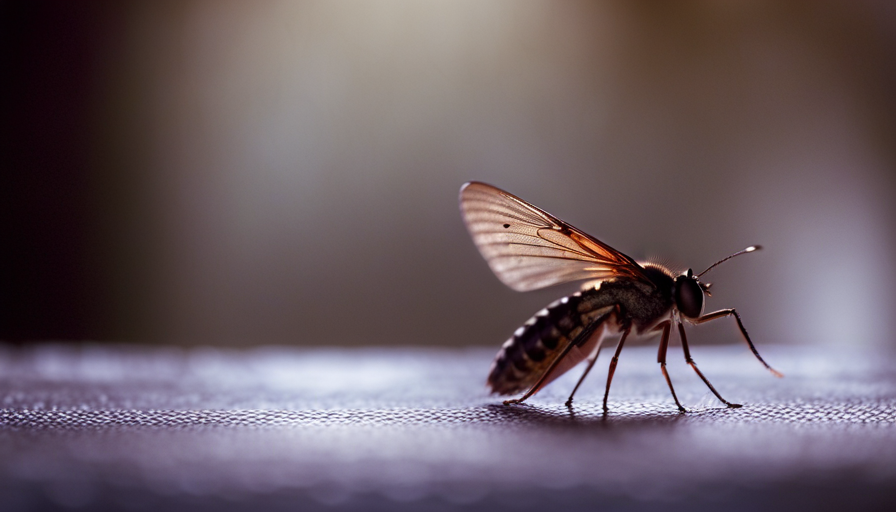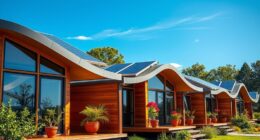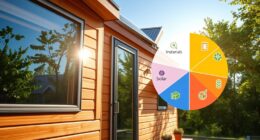Did you know? You can snag a tiny house for just $22,000! That’s right. With that amount, you can start your journey towards a simpler life and embrace a minimalist lifestyle.
In this article, I will guide you through the process of finding the perfect tiny house that fits your budget. Tiny houses come in a variety of sizes, and it’s important to understand the factors that affect their price. From the materials used to the location and amenities, each element plays a role in determining the cost. I will explain these factors in detail, as well as explore the different sizes of tiny houses available.
Additionally, I will provide tips on maximizing space in a tiny house, discuss the pros and cons of investing in one, and offer guidance on researching and comparing tiny house builders. I will also touch on the option of considering second-hand or DIY tiny houses and explore any additional costs and considerations.
By the end of this article, you will be equipped with the knowledge and insights needed to find the perfect tiny house that not only fits your budget but also fulfills your dreams of living a simpler, more intentional lifestyle.
Key Takeaways
- Tiny houses are available for purchase starting at $22,000.
- The size of the tiny house affects the price, with larger houses being more expensive.
- Customization options can increase the price of a tiny house.
- The range in size of tiny houses is from under 100 square feet to 400 square feet.
Factors Affecting the Price of Tiny Houses
You’ll be amazed at how the size of a tiny house can drastically affect its price! When it comes to purchasing a tiny house for $22,000, there are several factors that can influence the pricing.
One of the most significant factors is the size of the tiny house itself. Generally, the larger the tiny house, the more expensive it will be. This is because larger tiny houses require more materials and labor to build, which inevitably increases the overall cost.
Another factor that affects the price of a tiny house is the customization options. Many tiny house builders offer various customization options, allowing you to personalize your space according to your needs and preferences. However, these customizations can come at an additional cost. Adding features such as high-end finishes, solar panels, or custom furniture can significantly increase the price of the tiny house.
Understanding the different sizes of tiny houses is essential when determining the right one for your budget. From micro homes under 100 square feet to small homes around 400 square feet, each size has its own advantages and limitations. By considering factors like your desired living space, storage needs, and budget, you can make an informed decision about the size of the tiny house that suits you best.
Understanding the Different Sizes of Tiny Houses
Discovering the various dimensions of compact dwellings can truly ignite your imagination. Tiny houses come in a variety of sizes and styles, offering a range of options for those seeking a minimalist lifestyle. From micro-homes under 100 square feet to slightly larger dwellings up to 400 square feet, there is a tiny house to suit every preference.
To give you a visual representation of the different sizes available, here is a table showcasing three common dimensions of tiny houses:
| Size | Square Footage | Features |
|---|---|---|
| Small | 100-200 | Basic amenities |
| Medium | 200-300 | Additional space |
| Large | 300-400 | Full-sized appliances |
When considering a tiny house, it’s important to be aware of zoning regulations in your area. Different locations have different rules regarding minimum square footage requirements, parking, and utility connections. It’s essential to research and understand these regulations before purchasing a tiny house to ensure compliance.
Understanding the different sizes and styles of tiny houses allows you to make an informed decision about what will best suit your needs and lifestyle. In the next section, we will explore the average costs of tiny houses, providing further insight into this unique housing option.
Exploring the Average Costs of Tiny Houses
Uncovering the price points of petite properties provides a practical perspective on the potential investment of these cozy dwellings. When it comes to tiny houses, the average prices can vary depending on several factors. The size and design of the house, as well as the location, are key factors that can influence the cost.
On average, a tiny house can range from $20,000 to $80,000. However, it’s important to note that these figures are just averages, and the price can go even higher for more luxurious or customized options. Other cost factors to consider include the materials used, the level of craftsmanship, and any additional features or amenities.
It’s crucial to carefully evaluate these factors when budgeting for a tiny house purchase. By doing so, you can ensure that you are getting the best value for your money.
In the next section, I will provide some tips for maximizing space in a tiny house, which can be especially helpful for those looking to make the most out of their investment.
Tips for Maximizing Space in a Tiny House
To make the most of your investment, consider these space-saving tips for your petite dwelling. Maximizing storage is crucial in a tiny house, where every square inch counts. Look for furniture solutions that offer hidden storage compartments, such as ottomans with built-in drawers or beds with underneath storage.
Utilizing vertical space is also key. Install shelves or hanging organizers on walls to store books, kitchen supplies, or clothing. Additionally, think outside the box when it comes to storage. Use the area under the stairs for a small pantry or install hooks on the back of doors for hanging items like coats or bags.
Another trick is to invest in multi-purpose furniture, such as a dining table that can also be used as a desk or a sofa that can transform into a bed. By implementing these space-saving strategies, you can maximize every inch of your tiny house and create a functional and organized living space.
Transitioning into the subsequent section about the pros and cons of investing in a tiny house, it’s important to consider the trade-offs that come with living in a small space.
Pros and Cons of Investing in a Tiny House
One must carefully weigh the advantages and disadvantages of investing in a compact dwelling, as it offers both unique opportunities and challenges. Living in a tiny house can be a fantastic way to simplify your life and reduce your environmental impact. However, it’s essential to consider the limitations and potential drawbacks before taking the plunge.
To help you make an informed decision, let’s examine the pros and cons of investing in a tiny house:
| Pros | Cons |
|---|---|
| 1. Affordable alternative housing option | 1. Limited space for belongings |
| 2. Lower utility costs and maintenance | 2. Difficulty accommodating guests |
| 3. Easier to clean and organize | 3. Potential zoning and legal issues |
| 4. Mobility and flexibility to relocate | 4. Limited privacy and personal space |
| 5. Environmental sustainability | 5. Challenges with financing and insurance |
Maximizing storage is crucial in a tiny house to make the most of the limited space available. Clever solutions like built-in shelves, multi-functional furniture, and utilizing vertical space can help you optimize every square inch. Additionally, exploring alternative housing options like container homes or converted buses might provide more room and flexibility.
Considering financing options for tiny houses, there are various choices available to make your dream of owning one a reality.
Financing Options for Tiny Houses
When it comes to financing a tiny house, there are several options to consider.
First and foremost, personal savings and budgeting can be a great way to fund your tiny house project. By carefully planning and saving, you can avoid taking on debt and have more control over the entire process.
Additionally, RV loans and financing are a popular choice for those looking to purchase a tiny house on wheels. These loans typically have favorable terms and can be easier to obtain than traditional home loans.
Lastly, there are alternative financing options available, such as crowdfunding or peer-to-peer lending, which can provide additional flexibility and support for your tiny house project.
Personal Savings and Budgeting
Budgeting for a tiny house can be challenging, but did you know that the average American saves only 4-5% of their income? When it comes to personal finance and saving strategies, it’s important to prioritize and be disciplined with your money.
To start, assess your current financial situation and set a realistic budget for your tiny house purchase. Look for areas where you can cut back on expenses and redirect that money towards your savings. Consider automating your savings by setting up automatic transfers to a separate account specifically for your tiny house fund.
Additionally, explore ways to increase your income, such as taking on a side gig or selling unused items. By being proactive and intentional with your savings, you’ll be one step closer to achieving your tiny house dreams.
Now, let’s explore the next section about RV loans and financing.
RV Loans and Financing
To effectively finance your RV, consider exploring various loan options and financing plans that can cater to your specific needs and financial circumstances. RV loans provide a convenient way to fund your purchase while spreading out the payments over a set period of time. Many lenders offer competitive interest rates and flexible terms, making it easier for you to find a loan that fits within your budget. Additionally, some RV dealerships may also offer financing options, allowing you to finance your purchase directly through them. To help you understand the different loan options available, here is a table summarizing the key features of three common types of RV loans:
| Loan Type | Interest Rate | Loan Term | Maximum Loan Amount |
|---|---|---|---|
| Fixed | 4.5% | 10 years | $100,000 |
| Variable | 3.5% (initial) – 6.5% (max) | 15 years | $150,000 |
| Balloon | 5.0% (fixed for 5 years) – 8.0% (variable afterwards) | 20 years | $200,000 |
Now that you have a better understanding of RV loans and financing options, let’s explore some alternative financing options that may be suitable for your tiny house purchase.
Alternative Financing Options
If traditional RV loans and financing plans don’t align with your needs, there are alternative options available to help you secure funding for your dream mobile home. When it comes to alternative financing options, there are creative funding solutions that can make your tiny house dreams a reality.
Here are a few options to consider:
-
Personal Loans: Taking out a personal loan can provide you with the funds needed to purchase your tiny house. This option allows you to have more flexibility when it comes to repayment terms and interest rates.
-
Crowdfunding: If you’re comfortable with sharing your dream with others, crowdfunding can be a great option. By creating a compelling campaign, you can attract backers who are willing to contribute to your tiny house fund.
-
Lease-to-Own: Some tiny house builders offer lease-to-own options, allowing you to rent the home for a period of time before eventually owning it.
-
Seller Financing: In certain cases, the seller of the tiny house may be willing to finance the purchase themselves, eliminating the need for traditional financing.
When considering alternative financing options, it’s important to research and compare different tiny house builders to find the one that best suits your needs and budget.
Researching and Comparing Tiny House Builders
Looking to explore tiny house living? Discover the perfect builder for your dream home and compare their unique designs and prices. When researching and comparing tiny house builders, it’s important to consider various factors such as the features they offer and their pricing. To help you make an informed decision, I have created a table below that compares three popular tiny house builders based on these criteria.
| Builder | Unique Designs | Prices |
|---|---|---|
| Builder A | Yes | $20,000 |
| Builder B | No | $25,000 |
| Builder C | Yes | $22,000 |
By comparing features and pricing, you can determine which builder aligns best with your needs and budget. Builder A offers unique designs, making them a great option for those looking for a more personalized touch. However, if budget is a major consideration, Builder C offers a reasonable price of $22,000. On the other hand, Builder B may not have unique designs, but their higher price of $25,000 could indicate higher quality materials or additional features.
Considering second-hand or DIY tiny houses can be a cost-effective alternative.
Considering Second-Hand or DIY Tiny Houses
When it comes to considering second-hand or DIY tiny houses, there are a few key points to keep in mind.
First, buying a pre-owned tiny house can be a cost-effective option, as you can often find them at a lower price than a new build.
Second, building your own tiny house allows for customization and the satisfaction of creating something unique.
And finally, it’s important to weigh the pros and cons of DIY projects, such as the time and effort required, potential challenges, and the need for certain skills.
Overall, considering these factors can help determine the best approach for acquiring a tiny house that suits your needs and budget.
Buying Pre-Owned Tiny Houses
Purchasing a pre-owned tiny house allows you to explore a wide range of options within your budget of $22,000. The pre-owned tiny house market offers numerous advantages when compared to buying new. Not only can you potentially save money, but you also have the opportunity to find a unique and customized tiny house that suits your specific needs and preferences. To give you an idea of the variety available, here is a comparison of three pre-owned tiny houses currently on the market:
| Tiny House | Size (sq ft) | Price ($) |
|---|---|---|
| House A | 250 | $18,000 |
| House B | 400 | $20,000 |
| House C | 200 | $15,000 |
With these options, you can find a pre-owned tiny house that fits your desired size and stays within your budget. However, if you prefer to build your own tiny house, there are also advantages to consider. [Transition into the next section here.]
Building Your Own Tiny House
Building your own tiny home allows you to create a personalized sanctuary that reflects your unique vision and brings a sense of fulfillment and pride. When it comes to building materials for your tiny house, there are several options to consider. Many people opt for using sustainable and eco-friendly materials such as reclaimed wood, recycled metal, or even repurposed shipping containers. These materials not only minimize your environmental impact but also add a unique charm to your tiny home.
The construction process of building a tiny house involves careful planning and attention to detail. From designing the floor plan to framing the walls, every step requires precision and patience. It’s important to have a clear understanding of the local building codes and regulations to ensure your tiny house is safe and compliant. Additionally, you’ll need to consider the plumbing, electrical wiring, and insulation to make your tiny home comfortable and functional.
Moving on to the next section about the pros and cons of DIY projects, it’s important to weigh the benefits and challenges of building your own tiny house.
Pros and Cons of DIY Projects
One of the major advantages of tackling a DIY project is the freedom to customize and personalize every aspect of your creation. When it comes to building your own tiny house, there are several pros and cons to consider.
On the positive side, building a tiny house yourself allows you to have complete control over the design, layout, and materials used. You can create a space that perfectly suits your needs and preferences. Additionally, DIY projects often come with a lower cost compared to hiring professionals, which can be a significant advantage for those on a tight budget.
However, there are also some drawbacks to building your own tiny house. It requires a significant amount of time, effort, and skill. You need to have the necessary knowledge and experience to handle different construction tasks. Additionally, DIY projects can be stressful and overwhelming, especially if you encounter unexpected challenges along the way.
While building your own tiny house offers the freedom to customize and potential cost savings, it also comes with its fair share of challenges. Moving forward, it is important to explore additional costs and considerations involved in this endeavor.
Exploring Additional Costs and Considerations
When considering the additional costs and considerations of owning a tiny house, there are three key points that should be taken into account.
Firstly, land and parking options are crucial factors to consider as they’ll determine where you can place your tiny house and whether you’ll need to rent or purchase land.
Secondly, utilities and off-grid living should be considered as you may need to invest in alternative energy sources and water storage systems.
Lastly, maintenance and upkeep expenses should not be overlooked as tiny houses require regular maintenance and repairs just like any other home.
Land and Parking Options
If you’re looking to maximize your options, consider where you can park your tiny house on wheels for the most flexibility.
When it comes to land options, there are a few different routes you can take. First, you could look into purchasing a small plot of land that meets local zoning regulations for tiny houses. This would provide you with a permanent location for your tiny house and the ability to customize the land to your liking.
Alternatively, you could explore renting or leasing land from someone who has extra space available. This option allows for more mobility and the opportunity to try different locations before committing to one. It’s important to also be aware of parking regulations, as some areas may have restrictions on where you can park a tiny house.
Overall, finding the right land and parking options will give you the freedom and flexibility to truly enjoy your tiny house living experience.
Now, let’s delve into the next topic and discuss utilities and off-grid living.
Utilities and Off-Grid Living
To truly experience the freedom of off-grid living, have you considered how to manage your utilities in a tiny house?
One of the key aspects of off-grid living is finding alternative sources of power. Solar panels are a popular choice for generating off-grid power, as they harness the energy of the sun and can provide electricity for your tiny house. Additionally, wind turbines and hydroelectric systems can also be used to generate power.
As for water sources, rainwater harvesting is a great option. Installing a rainwater collection system can help you collect and store water for everyday use. You can also explore options like digging a well or using a water filtration system to ensure a constant supply of clean water.
Moving on to the next section about maintenance and upkeep expenses, it’s important to consider the long-term costs of maintaining an off-grid lifestyle.
Maintenance and Upkeep Expenses
Managing the maintenance and upkeep expenses of my off-grid lifestyle can be a significant challenge, but it’s essential to plan and budget for these costs to ensure the long-term sustainability of my self-sufficient living. Here are four key factors to consider when it comes to maintenance costs and making a long-term investment:
-
Regular Inspections: To prevent major issues down the line, it’s crucial to conduct regular inspections of the tiny house. This includes checking the roof, plumbing, and electrical systems.
-
Repairs and Replacements: As with any home, there will be occasional repairs and replacements needed. It’s important to budget for these expenses, such as fixing leaks, replacing appliances, or updating the solar power system.
-
Landscaping and Groundskeeping: Maintaining the surrounding land is also part of the upkeep. This may include landscaping, clearing debris, and ensuring proper drainage.
-
Emergency Fund: It’s wise to set aside an emergency fund specifically for unexpected maintenance expenses that may arise.
Considering these factors will help me make informed decisions and ensure that the tiny house remains a long-term investment.
In conclusion, with proper planning and budgeting, I can find the perfect tiny house for my budget and enjoy sustainable off-grid living.
Conclusion: Finding the Perfect Tiny House for Your Budget
Finding the perfect tiny house for your budget is an exciting and rewarding process that allows you to discover just how big of a home you can purchase for $22,000. When searching for affordable options, it’s important to consider the essential features that you require in a tiny house.
First, determine the size that suits your needs. Consider how many people will be living in the tiny house and what activities you plan to do inside. This will help you decide on the appropriate square footage and layout.
Next, think about the functionality of the space. Look for clever storage solutions that maximize the usability of every inch. Features like built-in shelving, foldable furniture, and multi-purpose rooms can make a small space feel much larger.
Additionally, consider the overall condition of the house. While some minor repairs and updates may be expected, be cautious of any major issues that could become costly to fix. It’s also recommended to have a professional inspection done before finalizing the purchase.
Finding the perfect tiny house for your budget requires careful consideration of affordable options and determining the essential features you need. By taking the time to research and evaluate your options, you can find a tiny house that meets your needs and fits comfortably within your $22,000 budget.
Frequently Asked Questions
Can I purchase a tiny house for $22,000 that is already fully furnished?
Oh, the possibilities of finding a fully furnished tiny house for $22,000! While it may feel like searching for a needle in a haystack, it’s not entirely impossible. Typically, the average cost of constructing a tiny house ranges from $20,000 to $100,000, depending on various factors.
However, finding a pre-furnished gem within your budget might require some diligent hunting and a stroke of luck. But hey, with determination, who knows what cozy little haven you might stumble upon!
Are there any additional costs associated with owning a tiny house, such as maintenance or utilities?
There are additional costs associated with owning a tiny house, such as maintenance and utility expenses.
Maintenance costs can vary depending on the size and construction materials of the tiny house, but typically include regular upkeep, repairs, and insurance.
Utility expenses will vary depending on your location, but may include electricity, water, and sewage.
It’s important to budget for these costs in addition to the purchase price of the tiny house.
How long does it typically take to build a tiny house from start to finish?
Building a tiny house from start to finish typically takes around 3-6 months. However, the construction timeline can be influenced by various factors such as the complexity of the design, availability of materials, and any unexpected construction challenges that may arise.
These challenges could include issues with permits, weather delays, or unforeseen structural issues. It’s important to plan accordingly and be prepared for potential setbacks during the building process.
Is it possible to live in a tiny house with a family or multiple occupants?
Living in a tiny house with children or multiple occupants is indeed possible with careful planning and support from the tiny house community. While the space may be limited, there are creative ways to maximize functionality and storage.
It’s essential to consider the needs of each family member and find ways to create designated areas for privacy or personal space. Additionally, joining a tiny house community can provide valuable resources, advice, and a sense of belonging to make the experience more enjoyable and sustainable.
What are some common challenges that people face when living in a tiny house?
Living in a tiny house presents common challenges that require careful space management. One key challenge is the limited living space, which can lead to a feeling of confinement and the need to constantly declutter.
Another challenge is the lack of storage, requiring creative solutions to maximize every inch.
Additionally, maintaining privacy can be a struggle, as the close quarters can make it difficult to find personal space.
Nonetheless, with thoughtful planning and organization, these challenges can be overcome.
Conclusion
In conclusion, after researching and exploring the various factors affecting the price of tiny houses, it’s clear that with a budget of $22,000, one can find a small yet functional tiny house.
However, it’s essential to consider the trade-offs between size, amenities, and quality. While a tiny house offers the advantages of affordability, simplicity, and mobility, it also presents challenges in terms of space and limited customization options.
By carefully considering these factors and conducting thorough research, one can find the perfect tiny house that suits their budget and lifestyle. Remember, as the saying goes, "Good things come in small packages," and this holds true for tiny houses.
Hi, I’m Emma. I’m the Editor in Chief of Tiny House 43, a blog all about tiny houses. While tree houses are often associated with childhood, they can be the perfect adult retreat. They offer a cozy space to relax and unwind, surrounded by nature. And since they’re typically built on stilts or raised platforms, they offer stunning views that traditional homes simply can’t match. If you’re looking for a unique and romantic getaway, a tree house tiny house might just be the perfect option.
